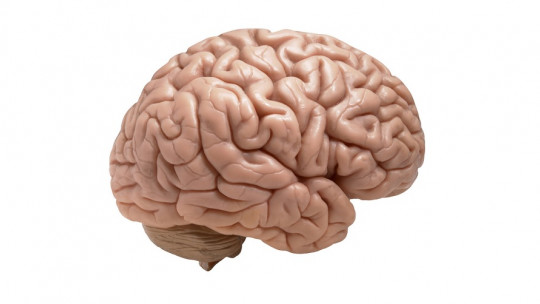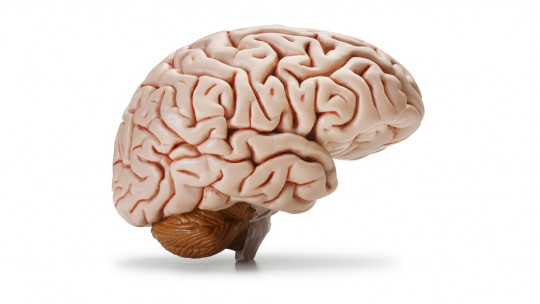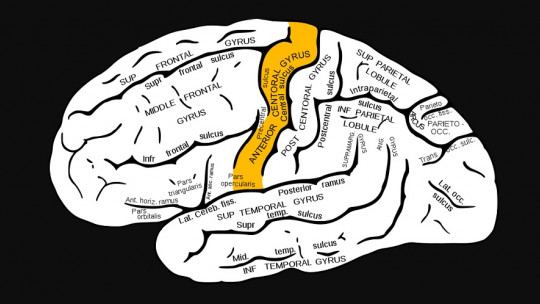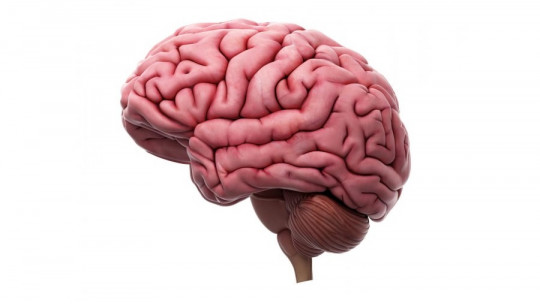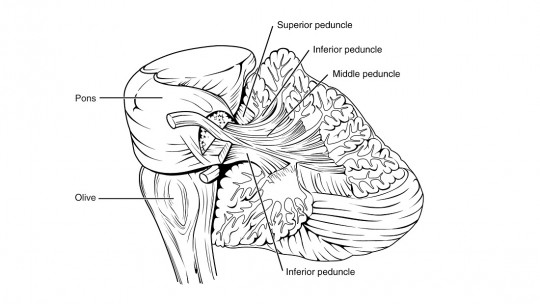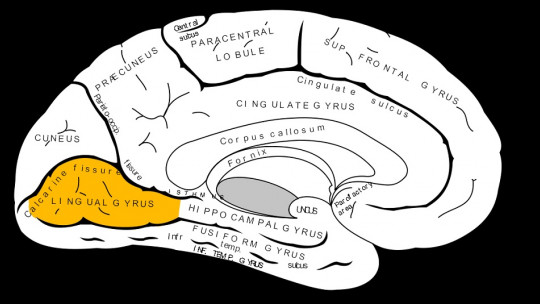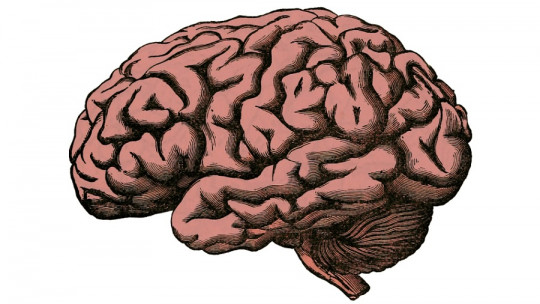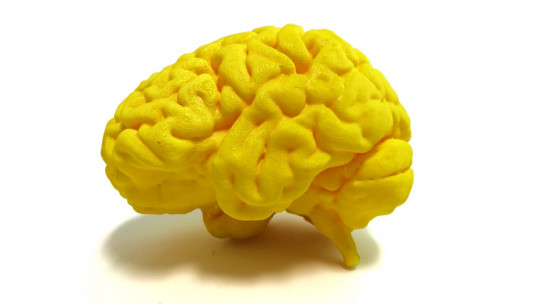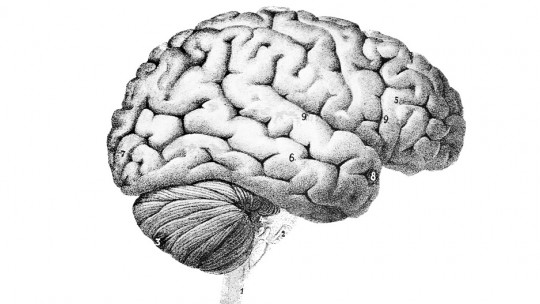
There are many folds that our brain has, specifically our cerebral cortex. The so-called cerebral gyri are, together with the grooves that accompany them, one of the things that draws the most attention when we observe a brain from the outside, giving it a wrinkled appearance that nevertheless allows the brain matter to be a compact mass.
These gyres are not merely aesthetic: as brain matter, they participate in the various functions carried out by our cortex. In this article We will see what brain gyres are and we will review the characteristics of some of the best known.
What is a brain twist?
Let’s start with a definition of what a brain twist is. We call brain gyres set of folds visible in our cerebral cortex generated by folding on itself as the brain develops and allowing the brain to be larger, making the space it occupies much smaller than expected if it had been extended.
Also called gyri, the cerebral gyri would be the part of the fold that protrudes, the parts that remain inward being the sulci. These structures are formed throughout the brain development of the fetus, not possessing them from the beginning. Little by little they will be observed more and more, until their presence can be observed throughout the entire cerebral cortex.
These are protrusions of brain matter, specifically gray matter This implies that the brain gyri are formed mainly by glial cells and neuron somata, which are the part of the neuron that emits the information that will later be sent through the axon to the next neuron or target organ.
Main brain turns
Taking into account that they occupy the entire surface of the cerebral cortex, we must consider that there is a large number of cerebral gyri. Each of them has different functions in the system Below we are going to discuss some of the most important and well-known ones, although it must be taken into account that there are many more than those that will be presented in this article.
1. Precentral turn
Also called the prerolandic gyrus, this gyrus is located in front of Rolando’s fissure (that is, it would be more towards the face than said fissure). The brain matter that is part of it corresponds to the primary motor area.
2. Postcentral turn
Unlike the precentral, the postcentral gyrus is located after or posterior to Rolando’s fissure. On this occasion, we would be facing a brain twist that would be part of the primary somatosensory cortex linking to somatic perception and body sensitivity.
3. Toothed turn
Gyrus present in the lower part of the temporal lobe and forming part of the hippocampal formation, connecting it with the rest of the cortex. Specifically, it acts as bridge between entorhinal cortex and hippocampus Its functions are linked to memory, spatial navigation and the integration of emotion into memories.
4. Cingulate gyrus
Like the previous one, this important brain turn has an important role in the integration and connection of the limbic system and the cerebral cortex Located near the corpus callosum, it is associated with the perception of anxiety, pleasure, fear, the initiation of goal-oriented behavior, voluntary movement, voice modulation or the direction of attention and motivation.
5. Angular turn
This is one of the best-known brain turns, especially for its involvement in language and mathematics. It contributes to allowing the production and understanding of meaningful sentences, as well as understanding written language. It is also involved in arithmetic ability and the interpretation of quantities, in addition to link to aspects such as behavioral control, symbol coding and creativity
6. Supramarginal gyrus
Present in the parietal lobe above the Sylvian fissure, this is another of the best-known cerebral gyri. One of the functions for which it is best known is its involvement in enable literacy skills, integrating information from the visual and auditory pathways. Working memory or tactile perception are also influenced by this gyrus.
7. Parahippocampal gyrus
Playing an important role in memory, the parahippocampal gyrus can be found around the hippocampus. The function most associated with this turn is that of store and retrieve stored information
8. Fusiform gyrus
The fusiform gyrus, which is located between the temporal and occipital gyrus and can be divided into two subgyri called the lateral and medial occipitotemporal gyrus, seems to be involved in aspects such as visual recognition of words and faces as well as the processing of color information or the differentiation between memory and non-remember.
It is also associated with the identification of categories, deduction and the understanding of figurative language.
9. Lingual turn
This cerebral gyrus is located next to the parahippocampal and is in contact with the lateral and calcarine sulci, having a relevant role in the processing of visual information and transformation of graphic information into auditory information in reading
10. Others
As we have mentioned, those mentioned so far are just a few of the very diverse circuits present in the brain. In addition to the above we can find, among others, the following.

